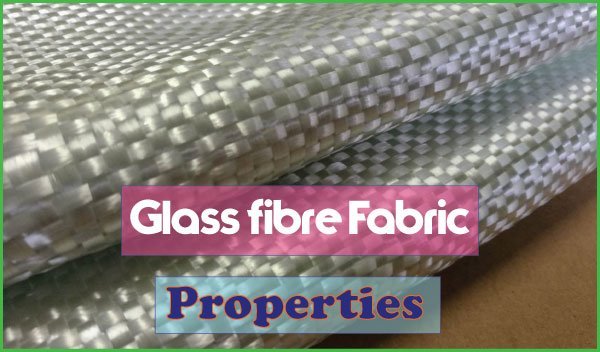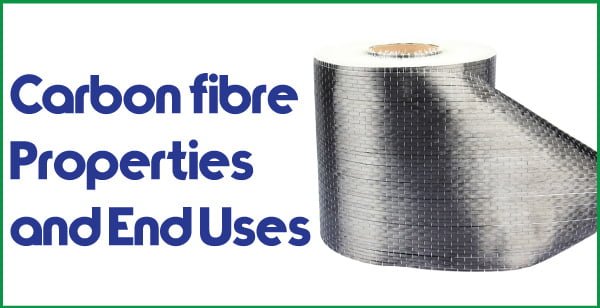What is Medical Textile | Application area of Medical Textile?
Definition of Medical Textile The medical textile can be defined as fibre-based products or structures used for first aid or the clinical treatment of a wound or medical condition. It is a highly specialized and ….. Read More






